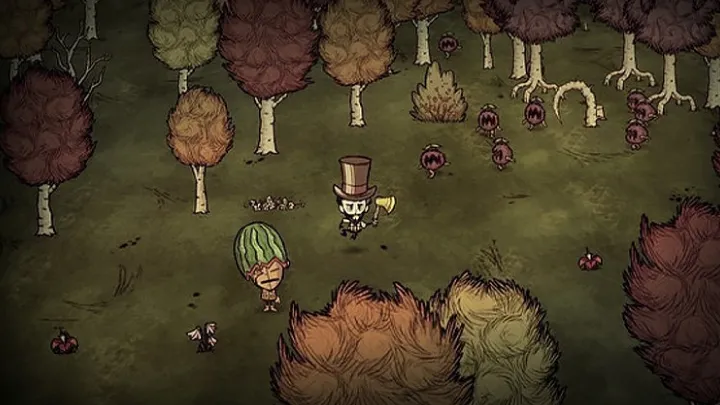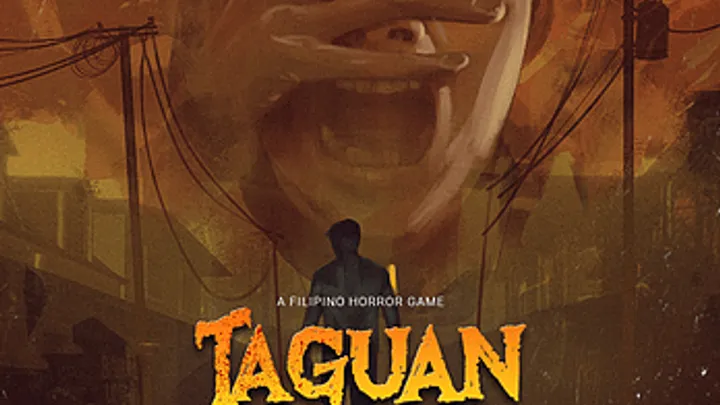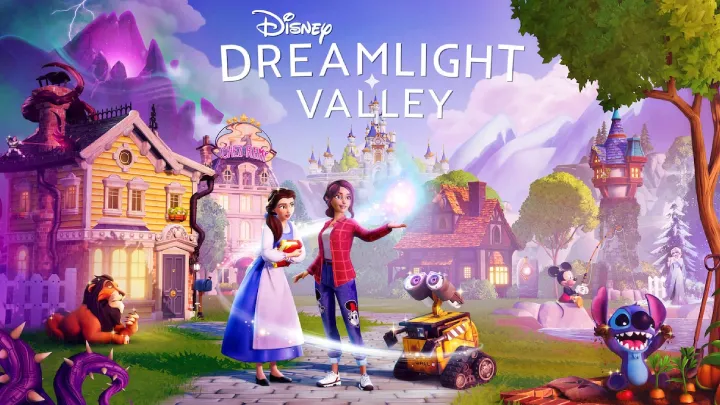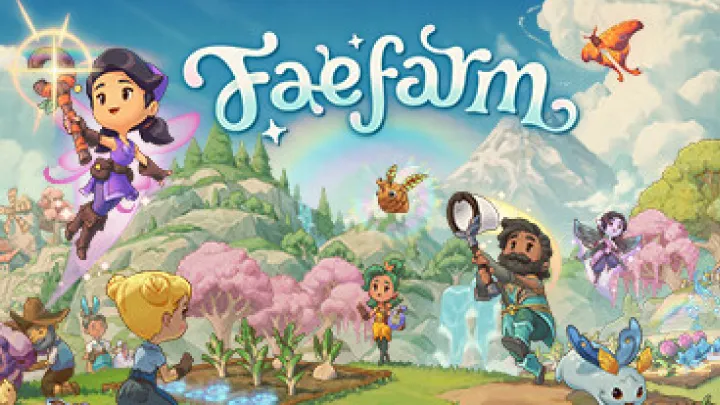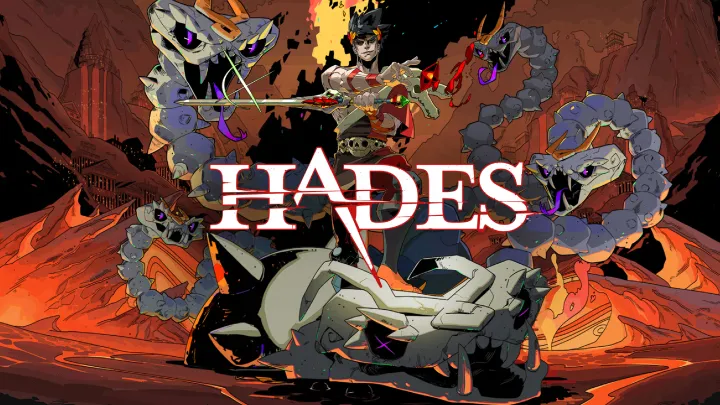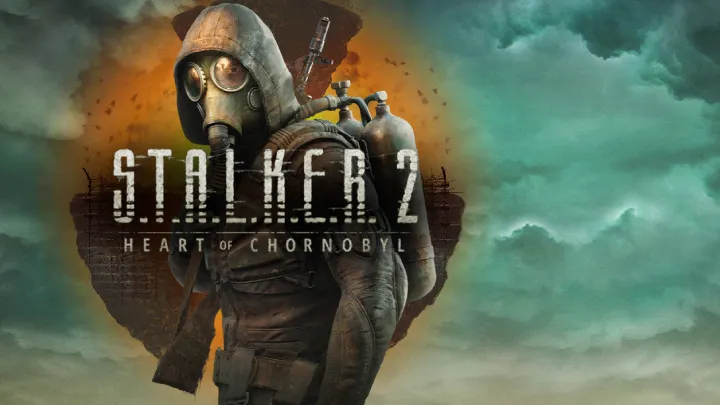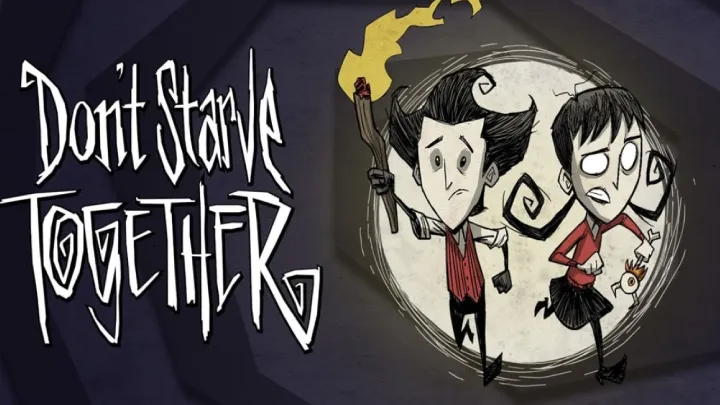
Introduction
Don’t Starve Together, the multiplayer extension of Klei Entertainment’s original survival game, plunges players into a harsh, whimsical world filled with bizarre creatures and environmental challenges. It sets players up for a relentless struggle for survival, demanding resource management, strategic planning, and collaboration. However, beneath the surface of crafting, hunting, and building lies a profound commentary on the human condition—exploring themes of community, isolation, despair, and resilience. This article delves deeply into how Don't Starve Together emphasizes the importance of community in the face of overwhelming odds and examines the intricate relationship between survival, social dynamics, and psychological stresses that players encounter in this unique gaming experience.
The Setting: A Whimsical Yet Harsh World
Introduction to the Game Environment
Don’t Starve Together transports players into a darkly whimsical universe where art and narrative coalesce into a world filled with peculiar monsters, strange flora, and a palpable sense of danger. The environment significantly influences gameplay and the social dynamics that develop among players.
- Stylized Design: The visual style of the game, characterized by hand-drawn aesthetics and moody ambience, creates an immersive atmosphere. This unique art design juxtaposes the charmingly goofy creatures against the backdrop of death and decay, echoing the underlying themes of struggle and fragility.
- Dynamic Environment: The world is divided into biomes, each presenting distinct challenges, resources, and dangers. Players encounter everything from dense forests filled with hostile creatures to barren desert landscapes that threaten their survival. This variability influences how players strategize and collaborate with one another.
The setting of Don’t Starve Together not only serves as the backdrop for survival mechanics but also shapes player behaviors and community interactions, emphasizing how environment influences social dynamics.
The Role of Environmental Challenges
The game’s environmental challenges serve as catalysts for cooperation and conflict, forcing players to rely on one another for survival.
- Resource Scarcity: Key resources such as food, wood, and stone are often scarce, prompting players to band together to gather supplies. Players must decide whether to work collaboratively or go solo, establishing trust and interdependence.
- Seasonal Changes: The game features distinct seasons that introduce varying environmental challenges, such as winter's extreme cold or summer's heatwaves. These seasonal changes influence resource availability and survival strategies, necessitating adaptation and collaboration.
By engaging with environmental challenges, players experience firsthand how survival often hinges on community, compelling them to form connections within the gameplay.
The Complexity of Community in Survival
Building Relationships: The Core of Survival
In Don’t Starve Together, player interaction is central to the gameplay experience. The manner in which players build relationships impacts their chances of survival in the unforgiving environment.
- Cooperation vs. Competition: Players possess various roles and unique abilities that can either complement one another or clash. For example, a character like Wilson might focus on gathering resources, while a character like Willow could provide light and warmth when darkness descends. This diversity in roles emphasizes the necessity of cooperation in overcoming obstacles.
- Trust and Betrayal: Players must navigate trust issues within their groups as the scarcity of resources can lead to competitive behaviors. Decisions surrounding resource allocation can lead to community breakdowns or foster stronger bonds; the impact of these decisions creates tension and drama within the game.
Through these interactions, Don’t Starve Together reflects real-world social dynamics, illustrating how cooperation and trust can be both invaluable and precarious in survival scenarios.
The Risks of Isolation
While community is vital, isolation remains a constant threat in Don’t Starve Together. Players can choose to split from their group, which introduces significant risks and moral quandaries.
- Consequences of Isolation: Isolated players often face dire outcomes, as survival becomes exponentially more difficult without support. Vegetation, resources, and safety are harder to manage alone, leading to increased vulnerability against monsters and environmental hazards.
- Psychological Impact: The psychological toll of being alone can be severe. The game’s mechanics highlight this through the character sanity system, where prolonged isolation can lead to madness. This mirrors real-life psychological consequences of social isolation, leading to deeper engagement with the emotional elements of the game.
Through the risks associated with isolation, Don’t Starve Together emphasizes the psychological complexities of survival, highlighting the inherent human need for connection and community.
The Balance of Resource Management and Community Needs
Resource Management as a Necessity
In Don’t Starve Together, players encounter an ongoing struggle to manage their resources effectively, balancing personal needs with the demands of the group.
- Strategic Gathering: Players must plan their actions based on available resources, considering factors like food sources, crafting materials, and the varied needs of their group. The decision-making process becomes critical—who will gather, who will build, and who will defend against threats?
- Resource Scarcity Dynamics: In a world where resources are limited, players must prioritize their survival needs while also contributing to the group’s overall welfare. This creates a tension where individual priorities must align with communal goals, presenting an interesting challenge.
This delicate balance of resource management fosters a robust discussion about the impact of individual choices on community survival, deepening the engagement in gameplay.
Shared Goals and Conflicts
Resource management also brings about common goals but can lead to conflicts arising from differing priorities and perspectives within the team.
- Planning Together: Players often must come together to establish plans for resource gathering, especially during challenging seasons or monster events. This planning process introduces discussions of cooperation and teamwork, reinforcing the theme of working together toward a shared goal.
- Conflict Over Resources: As competition for limited resources escalates, conflicts may arise based on differing priorities. Disagreements can lead to rifts within the community, testing relationships and requiring players to navigate the social landscape carefully.
Through these dynamics, Don’t Starve Together illustrates the complexities of community and conflict stemming from resource management, enhancing the depth of the narrative.
Moral Dilemmas and Ethical Choices
The Nature of Sacrifice
Central to the experience of Don’t Starve Together are moral dilemmas that force players to choose between their survival and the well-being of the group, raising profound ethical questions.
- Making Sacrifices: Players may face choices that require sacrificing certain resources or even characters for the greater good. For example, should players prioritize their supplies to save one isolated player, or should they secure the group’s overall survival?
- Emotional Weight: The choices involving sacrifice often carry emotional weight, compelling players to reflect on their values. The character dynamics and relationships developed throughout the game add layers of complexity, making these decisions feel impactful.
This emphasis on moral dilemmas creates deeper engagement with the gameplay, allowing players to grapple with their ethical beliefs and survival instincts.
Consequences of Ethical Decisions
Each decision made by players leads to consequences that can reverberate through the game's community dynamics, impacting both individual characters and the group as a whole.
- Long-term Effects: The consequences of choices regarding sacrifice can lead to lingering effects on community trust and morale. If players sacrifice others for personal gain, it may erode trust and lead to further complications in relationships.
- Reflective Moments: The game provides moments of reflection where players can consider their past choices, prompting discussions about ethics and responsibility. These moments encourage an ongoing exploration of morality within the cooperative gameplay framework.
Through consequence-driven gameplay and reflection, Don’t Starve Together encourages players to critically engage with their moral compass.
The Psychological Dimensions of Survival
Psychological Strains of Cooperation
The gameplay in Don’t Starve Together highlights the psychological strains that arise in cooperative survival situations, exposing players to the effects of stress and pressure.
- Coping Mechanisms: Each character in the game exhibits individual coping mechanisms. For example, players may turn to humor, aggression, or resource hoarding to navigate the emotional turmoil of survival. These coping strategies act as unique lenses through which players can relate to their characters and examine their emotional landscapes.
- Impact of Stress: As pressure mounts—from attacking enemies, limited resources, or interpersonal conflicts—characters may display increasingly erratic behaviors. The game deftly captures these psychological dynamics, allowing players to witness the emotional evolution of their characters as circumstances become dire.
By incorporating these psychological dimensions, Don’t Starve Together creates a richer narrative tapestry that resonates with players’ emotional experiences.
The Influence of Sanity Mechanic
The game’s sanity mechanic serves as a tangible representation of the psychological toll of isolation and hardship, creating an additional layer to the survival narrative.
- Mechanics of Sanity: Players must be mindful of their character's sanity levels, as low sanity can lead to hallucinations, aggressive behavior, and even negative interactions with other players. The mechanic adds a layer of tension, complicating cooperative gameplay.
- Reflection of Human Experience: This mechanic mirrors real-life mental health struggles, illustrating how extreme circumstances can lead to deteriorating psychological states. It invites players to engage with the emotional depth of characters while navigating their own mental challenges in the game.
By integrating the sanity mechanic, Don’t Starve Together emphasizes the complexities of mental health in survival situations, enhancing the broader narrative of despair and resilience.
Building Community: Lessons from Survival
The Importance of Interdependence
Ultimately, Don’t Starve Together illustrates that survival hinges on the strength of community ties and interdependence, reinforcing the idea that relationships matter in the most dire situations.
- Shared Experiences: The bonds formed between players serve as a protective shield against the chaos of the world. Collaboration fosters emotional connections that enhance the gameplay experience, creating opportunities for players to offer support and resilience.
- Cohesion in Diversity: The game encourages players to celebrate the diversity among characters, recognizing how different abilities and backgrounds can complement one another. This emphasis on interdependence fosters a sense of camaraderie, enhancing community dynamics.
Through its exploration of interdependence, Don’t Starve Together emphasizes that even in a harsh reality, togetherness can provide strength, hope, and resilience.
The Cycle of Renewal
Finally, the game presents a cyclical journey of renewal where players must continually adapt and reinvent their strategies to survive a hostile environment.
- Learning from Failure: Each playthrough reveals the impermanence of survival, as players learn from their mistakes and face new challenges. The ability to adapt is crucial, highlighting that success is often built upon lessons learned through past failures.
- Rebuilding Community: When characters die or when communities fracture, players have the opportunity to rebuild, emphasizing the resilience of the human spirit. The cycle of renewal serves as a metaphor for the endurance of hope, even in the bleakest circumstances.
This focus on renewal reinforces the theme that survival is not just about enduring; it is also about growth and transformation, enabling players to engage meaningfully with the concept of community in their journeys.
Conclusion: The Rich Tapestry of Survival
Don’t Starve Together offers players a compelling exploration of survival, community, choice, and psychological complexities in a whimsical yet perilous world. By engaging with vital themes, players are invited to reflect on their relationships, moral decisions, and emotional strains as they navigate the challenges of the game. The intricate connections formed between characters, alongside moral dilemmas and the psychological impacts of survival, create a richly woven narrative that resonates with the human experience.
Ultimately, Don’t Starve Together serves as more than just a survival game; it becomes a poignant commentary on the importance of community and interdependence in the face of adversity. By fostering collaboration, encouraging ethical reflection, and embracing the human spirit's resilience, the game cultivates a unique experience that reaffirms the profound significance of connection, sacrifice, and hope in the journey to survive in a harsh world.